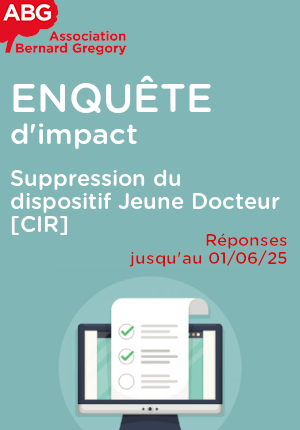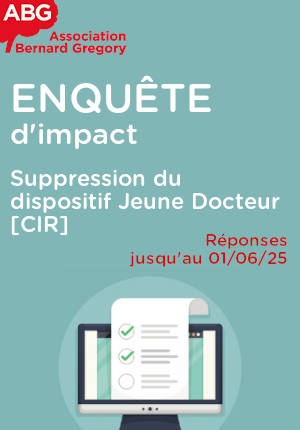Mastery of wine aging under yeast velum
| ABG-131717 | Thesis topic | |
| 2025-05-06 | Cifre |
- Agronomy, agri food
- Biochemistry
- Chemistry
Topic description
Thesis subject description: Mastery of wine aging under yeast velum
Yeast velum aging is a wine aging method that involves allowing the wine to age in barrels without topping up (i.e., without completing natural evaporation). Under these conditions, a thin layer of yeast called a "velum" forms on the surface of the wine. This velum partially protects the wine from oxidation while interacting with it. This type of aging produces very characteristic aromas, such as notes of walnut, curry, ripe apple, and mushroom. It is found particularly in the yellow wines of the Jura region, but also in certain Spanish sherries such as Fino or Manzanilla. It is a long process (sometimes lasting several years) that requires very precise temperature and humidity conditions.
However, several factors can hinder the stability and effectiveness of the yeast velum, posing challenges to winemakers. One of the primary challenges affecting yeast velum is the rise in volatile acidity, often caused by acetic acid bacteria or yeast strains like Brettanomyces. This increase in volatile acidity can lead to sensory deviations in the final product, such as off-flavors and undesirable aromas, which are detrimental to the quality of the wine. Lack of precise control of temperature, oxygen and humidity can further destabilize the velum, resulting in its collapse and leading to significant quality degradation.
In this context, the objective of the thesis will be to find solutions to better control the aging of wine from jura region aged under yeast velum. The thesis will be carried out in partnership with Société Henri Maire (Boisset Group), internationally renowned among other things for its “vin jaune”.
The study will be structured around two axes:
1- Changing the paradigm for inoculating wines
To inoculate in the form of a biofilm and define the optimal development conditions within a range compatible with oenological constraints.
This part will require selecting a strain from those present at the industrial partner. Then, determining the optimal conditions for veil development (temperature, humidity, matrix composition) will be performed. Biofilm inoculation tests will be conducted in comparison with planktonic yeast inoculation.
2- The second axis will focus on the matrix, the idea being to study the impact of the matrix on the development of the yeast veil. Matrix optimization tests by modifications of the physicochemical parameters, and modifications of the composition will be conducted.
Starting date
Funding category
Funding further details
Presentation of host institution and host laboratory
The thesis will take place at the Food and Microbiological Processes Joint Research Unit (UMR PAM) and in the wine company Henri Maire. It is placed under the joint management of l’Institut Agro Dijon and the University of Burgundy Europe. https://www.umr-pam.fr/fr/ . The candidate will join the Food, Fermentation, Interaction, Microbiota (AFIM) team, which specializes, among other things, in the study of vine and wine microorganisms.
Candidate's profile
The candidate sought is a trained microbiologist with a strong interest in analytical aspects. Skills in the study of fermentations, in statistical analysis are required. Knowledge of liquid chromatography is a plus. Fluency in English will be required both written and spoken. The candidate must demonstrate rigor and dynamism.
Vous avez déjà un compte ?
Nouvel utilisateur ?
Get ABG’s monthly newsletters including news, job offers, grants & fellowships and a selection of relevant events…
Discover our members
 ANRT
ANRT  Laboratoire National de Métrologie et d'Essais - LNE
Laboratoire National de Métrologie et d'Essais - LNE  ASNR - Autorité de sûreté nucléaire et de radioprotection - Siège
ASNR - Autorité de sûreté nucléaire et de radioprotection - Siège  SUEZ
SUEZ  ONERA - The French Aerospace Lab
ONERA - The French Aerospace Lab  Généthon
Généthon  Institut Sup'biotech de Paris
Institut Sup'biotech de Paris  PhDOOC
PhDOOC  Tecknowmetrix
Tecknowmetrix  CASDEN
CASDEN  CESI
CESI  MabDesign
MabDesign  MabDesign
MabDesign  TotalEnergies
TotalEnergies  Ifremer
Ifremer  Groupe AFNOR - Association française de normalisation
Groupe AFNOR - Association française de normalisation  Aérocentre, Pôle d'excellence régional
Aérocentre, Pôle d'excellence régional  ADEME
ADEME  Nokia Bell Labs France
Nokia Bell Labs France







